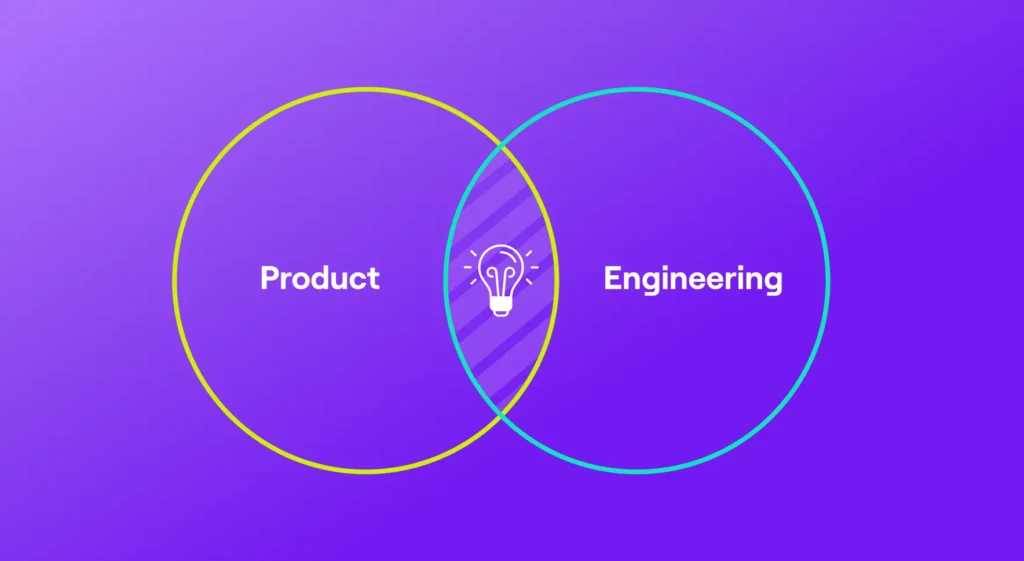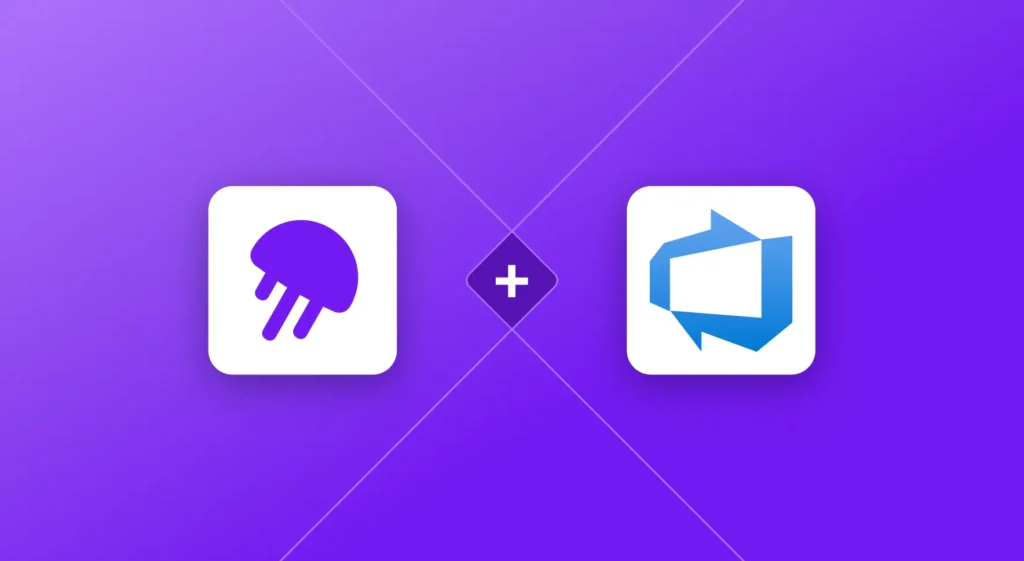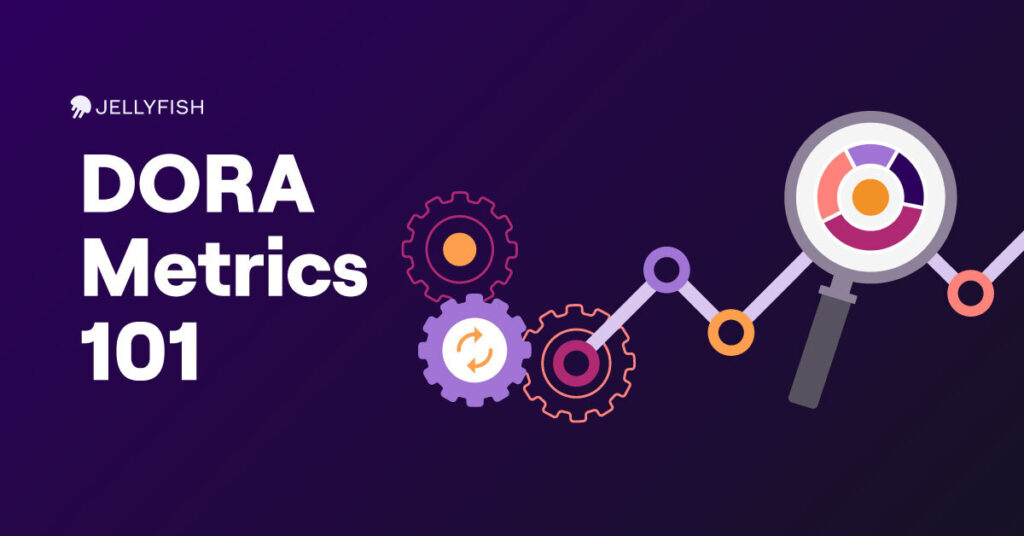At Jellyfish, engineering leaders frequently ask us what they should present to the board of directors and their non-technical executive counterparts. It’s easy to understand why this is a pervasive challenge: It can be difficult for an engineering leader to know what type of information is most relevant to the executive-level business audience, and it’s even more difficult to frame this information so that it’s understood. Most engineering data available needs to be framed in a specific context so that the “business audience” will understand. In a way, there’s a language barrier to overcome, with leaders deserving a long overdue Rosetta Stone that will help them translate between technical and non-technical leadership. At Jellyfish, we believe that benchmarks can act as Engineering’s very own translation obelisk.
Today, Engineering leaders have instant access to accurate and insightful engineering data, helping them to better navigate this translation exercise. The growth of the data-driven engineering movement has given rise to a large enough sample size across a myriad of industries to provide benchmarks across productivity, operational, and Allocation data.
Engineering benchmarks will enable leaders to frame the recent performance of their teams in an appropriate context. This post will discuss the power of that benchmarking data in an executive setting.
What Executives Need From Engineering Leader Updates
Let’s consider for a moment the topics your board of directors or executive peers will expect updates on from engineering. We’ve consulted executive leaders when we prepared our 5 slides template, and many cited the following topics below. Some of these topics might be more relevant to cover than others, and would you choose to cover should be influenced by the ownership structure of your company (private vs. public vs. venture capital-backed), the current stage of your company, and the focus areas for your organization.
- Progress on R&D Deliverables
- Engineering Productivity and Operational Efficiency
- Work Allocation & Organizational Strategy
- Hiring & Retention
- Quality/Support/Operational Excellence
There are plenty of metrics within each of these topics that can be used to help communicate engineering updates. Many of them can be pulled from an Engineering Management Platform (EMP). Traditionally, metrics related to these topic categories are shown as trends over time, where leaders explain the progress made over previous months across the number of areas. This is valuable in itself, but that doesn’t mean we should stop there. Leaders that take this approach have slides that look something like this:

The next evolution of data-driven reporting is comparing your trends to other companies in your industry. Traditionally, this hasn’t been possible, but with the adoption of EMPs, we’ve reached a large enough sample size to provide accurate benchmark data across all metrics within the platform. Only one real question remains: how will we maximize the value of these new insights?
Why show your CEO engineering benchmarks
CEOs hold their team to high standards, while also looking for any excuse to brag about them. They want to say they build the best products, have the best sales team, and come out with the most creative and effective marketing campaigns. Sales and Marketing leaders have always been good at letting the CEO know what they can brag about. Part of this is the culture of those departments, but the other part is that other departments have had the luxury of data to back up their boasting for nearly two entire decades (through Salesforce.com, Marketo, and the like)
CEOs inherently understand the value and importance of benchmarking data, because metrics that were once difficult to comprehend are now put in the proper context. To lean on a somewhat tired but useful analogy, once CEOs understand what “good” looks like, they’ll begin to more holistically understand the practice of engineering management. By explaining these benchmarks, and why your team is above or below certain thresholds, your software development process will become clearer to all.
In the not-so-distant future, we look back and ask what we did prior to having these insights readily available. At Jellyfish, we’re excited to be playing a small part in bringing accurate and relevant benchmarking data to more leaders.






